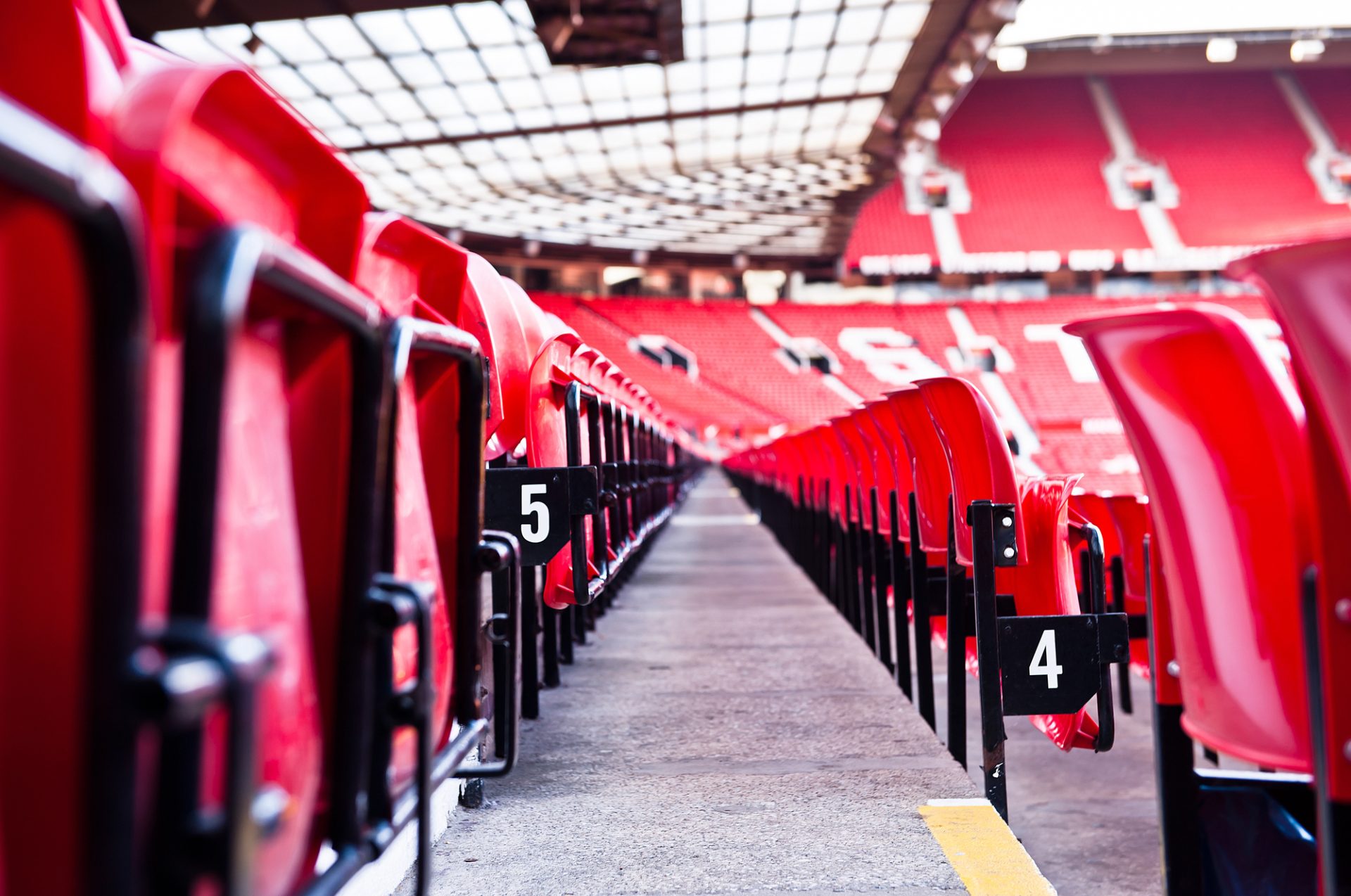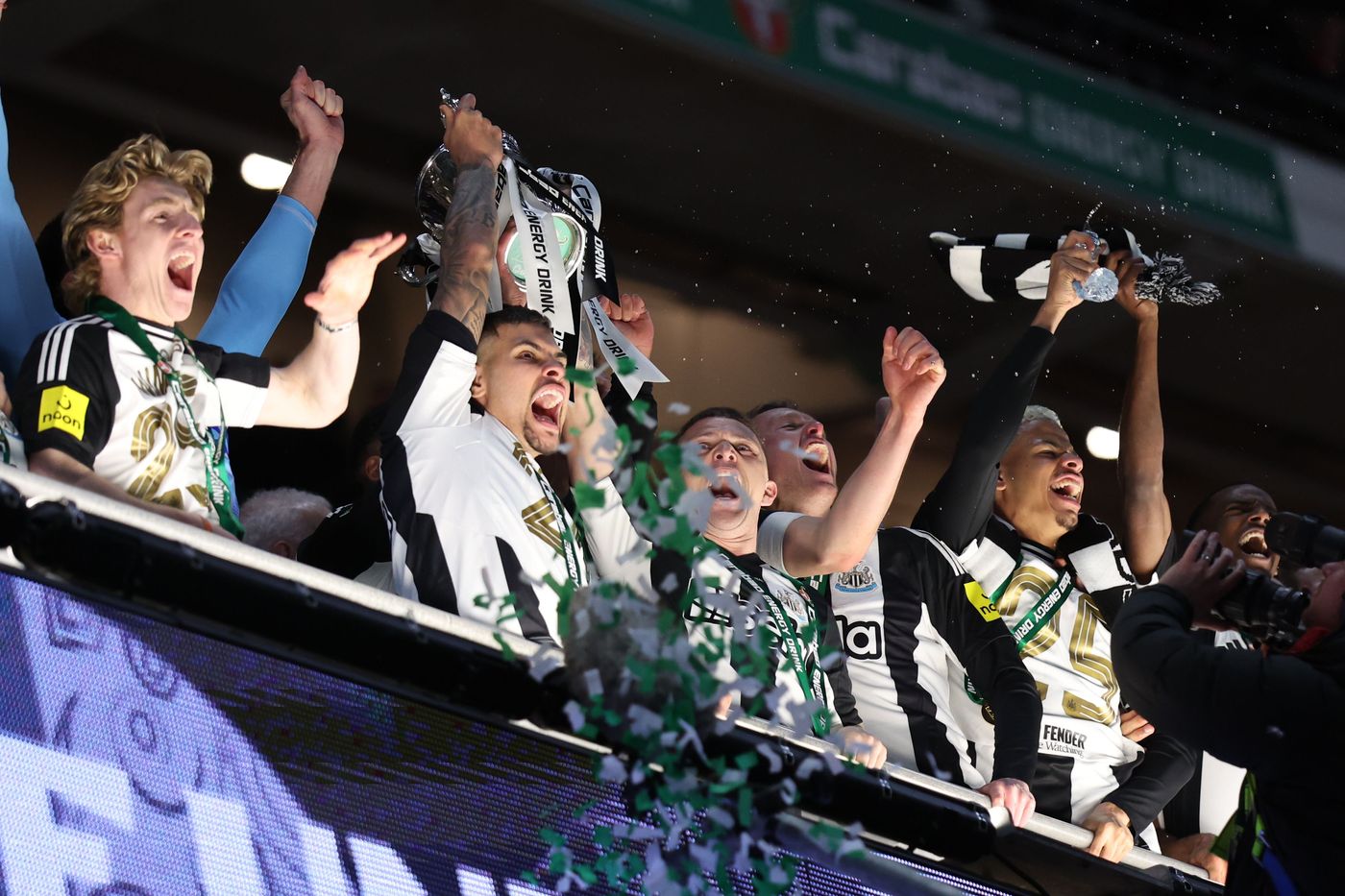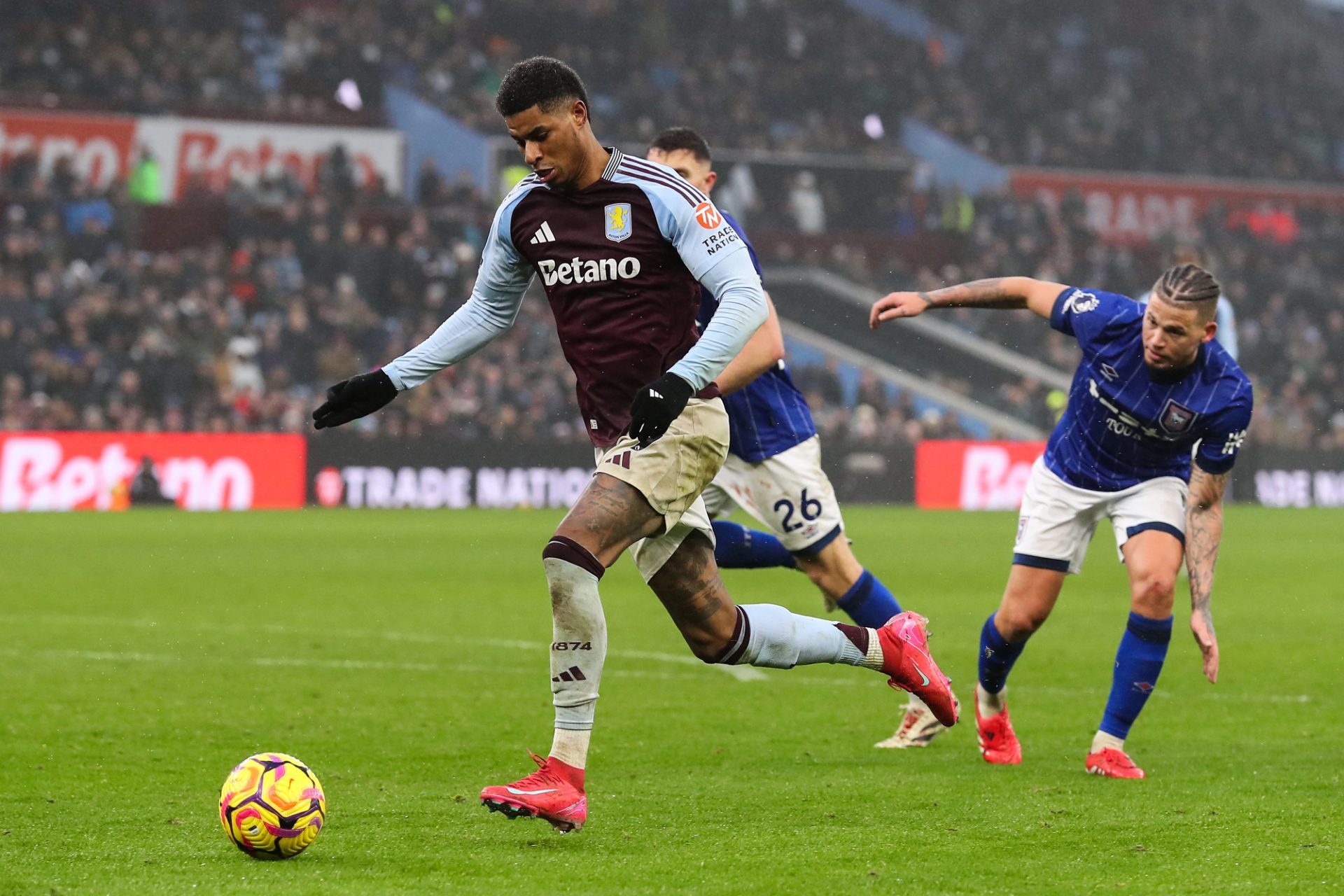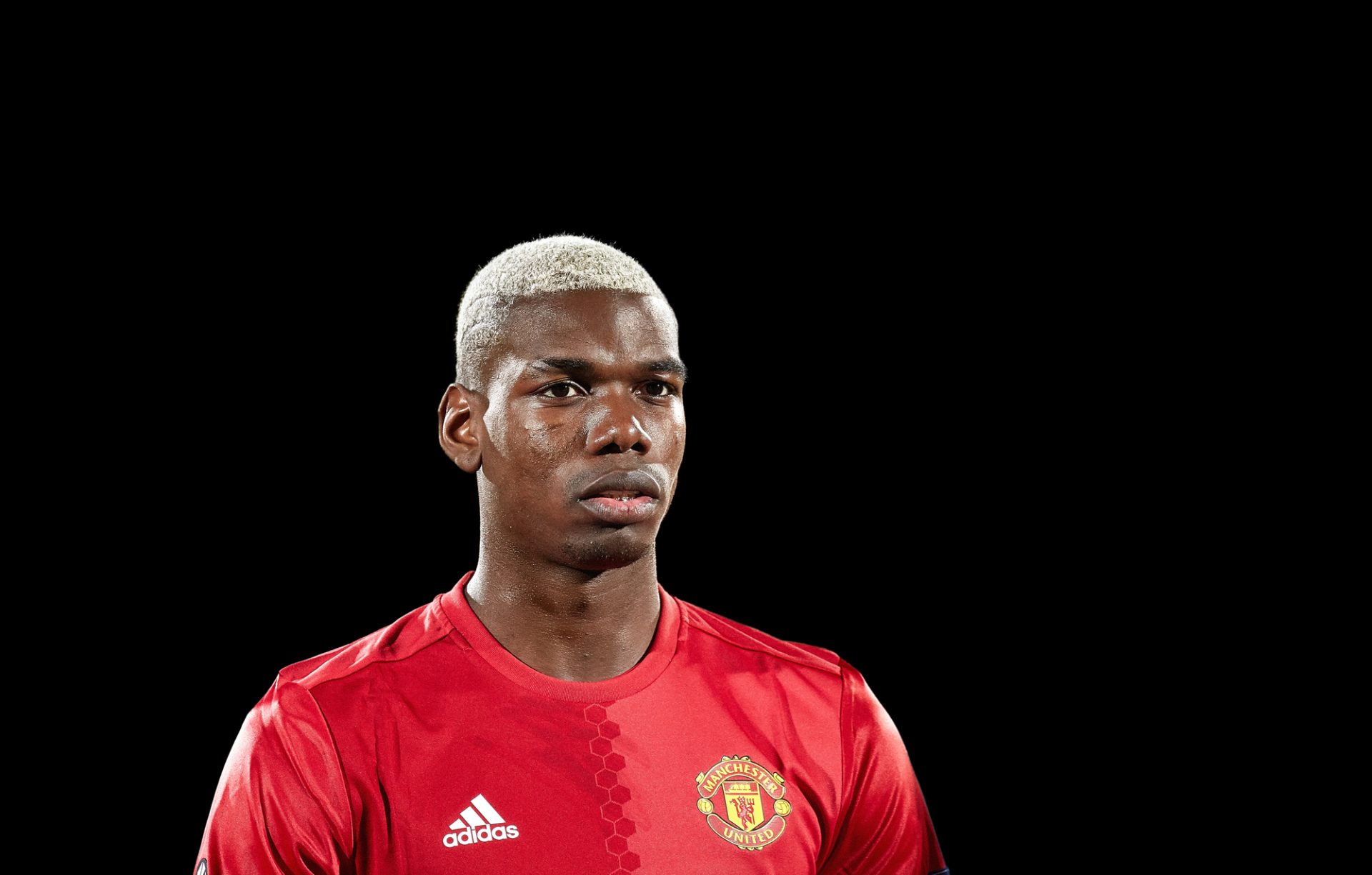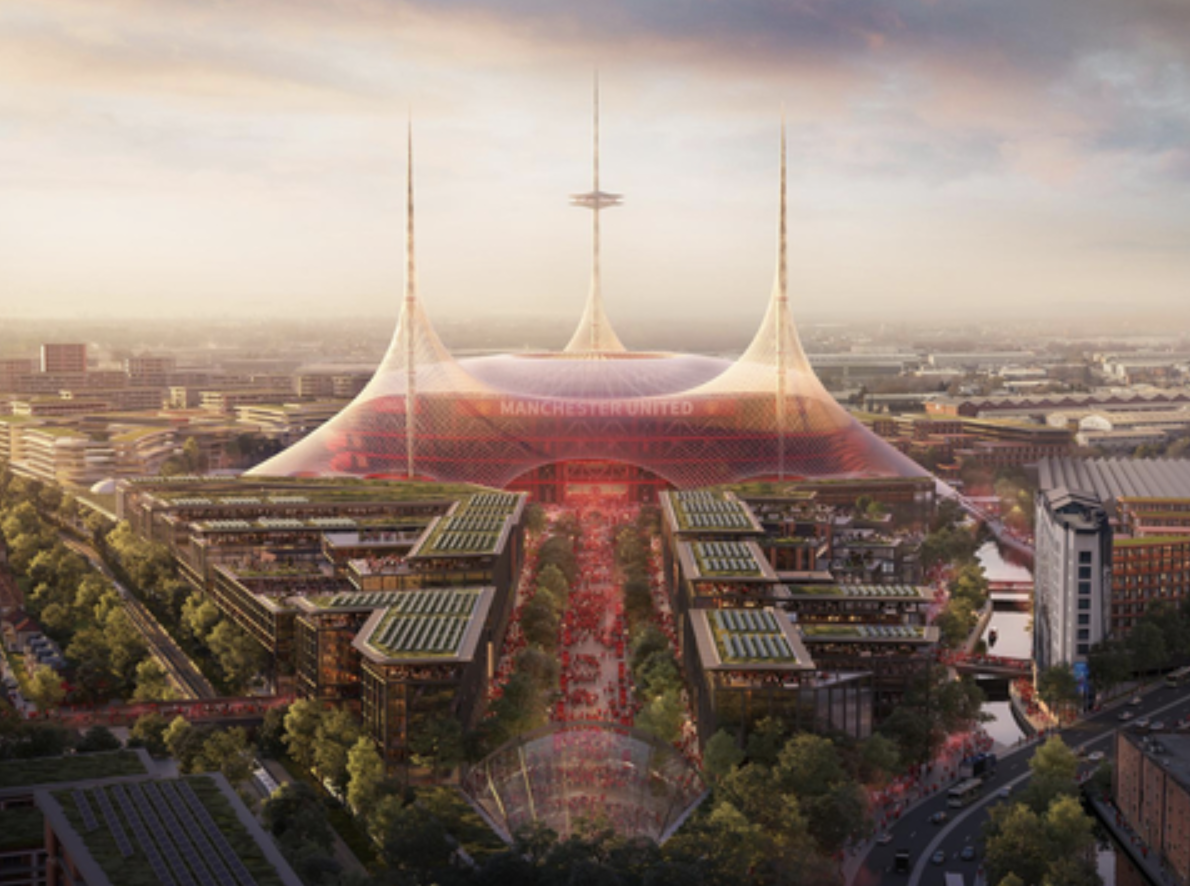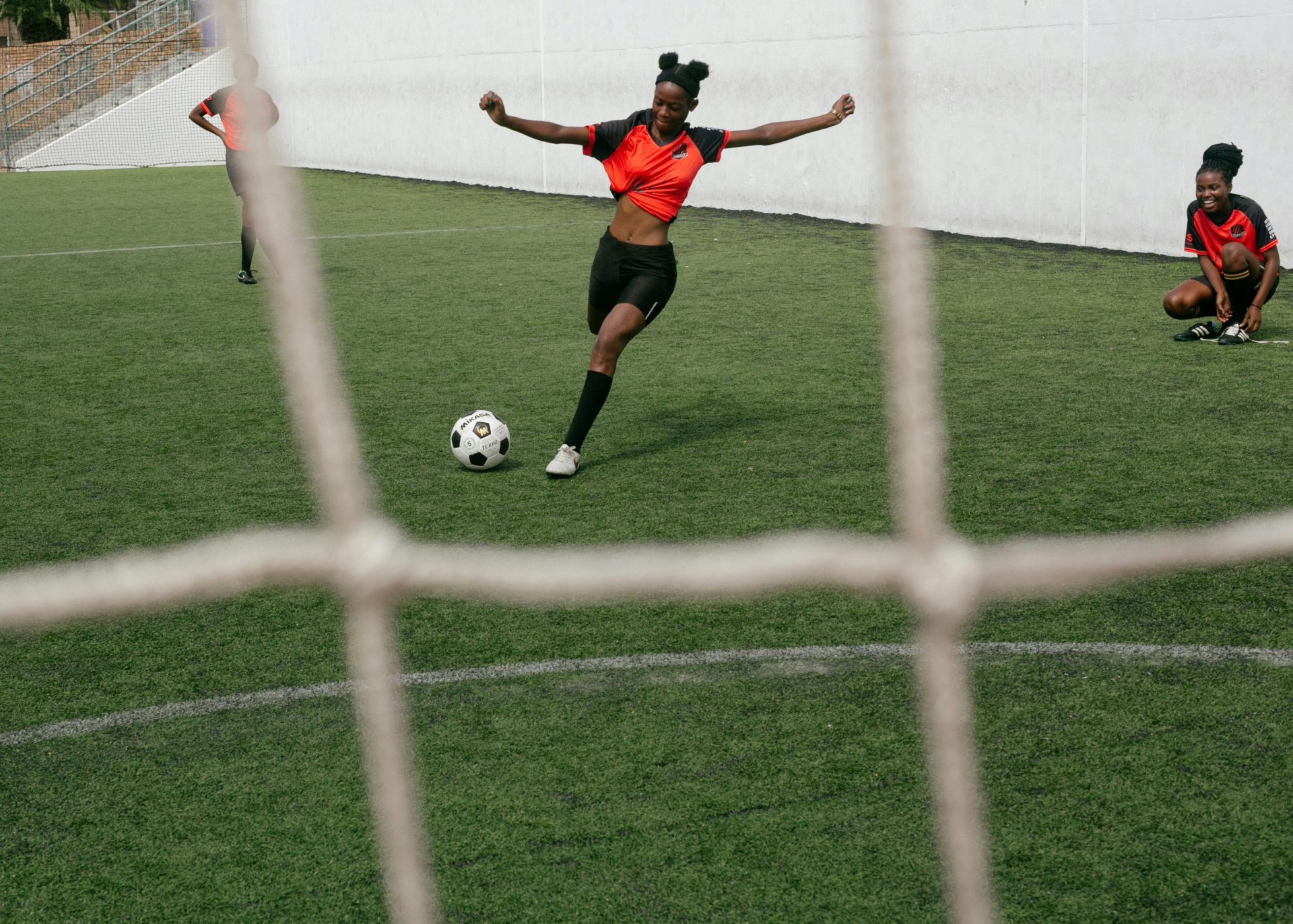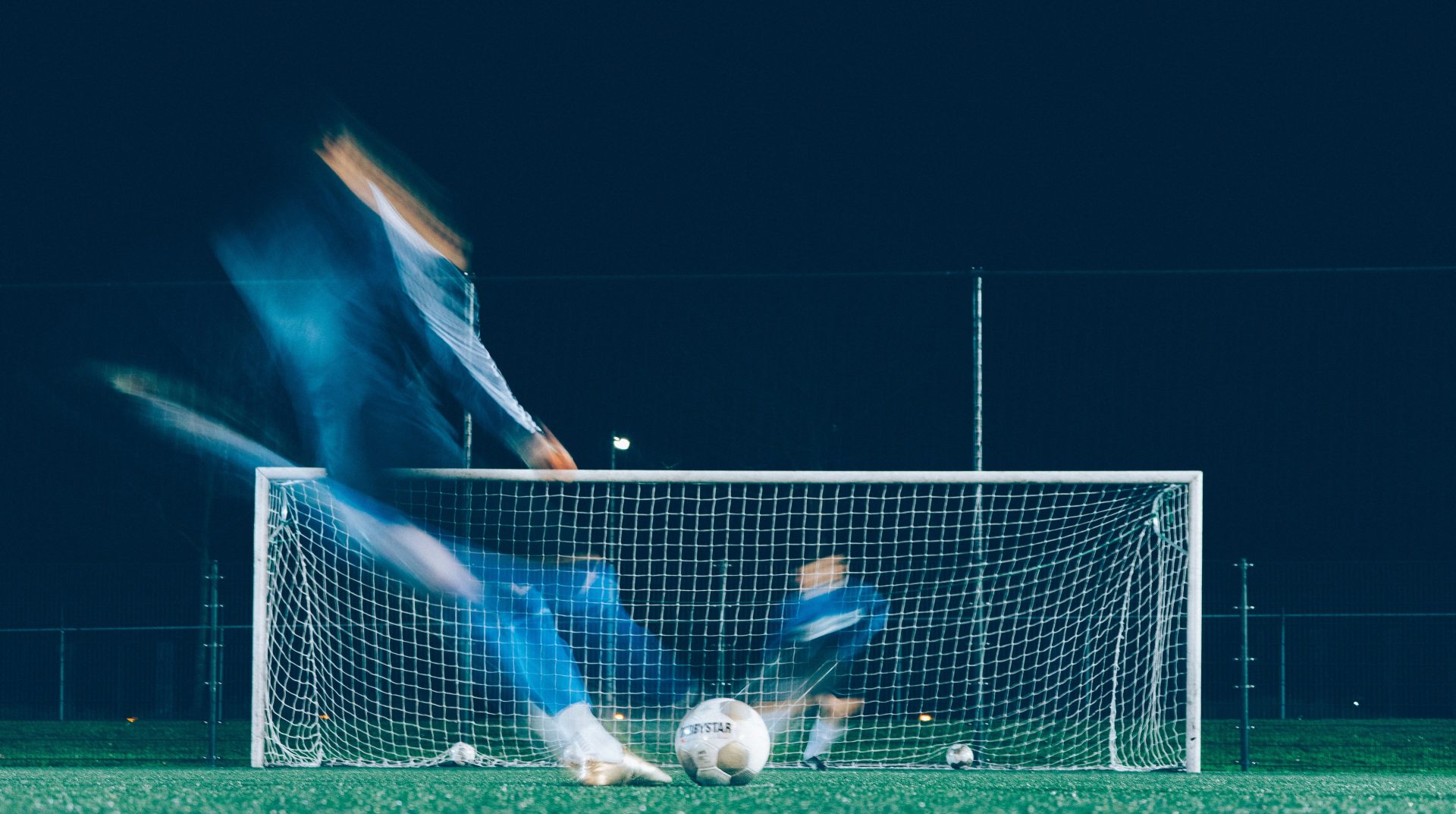Are Premier League Pitches 100% Grass? Uncovering The Turf Truths
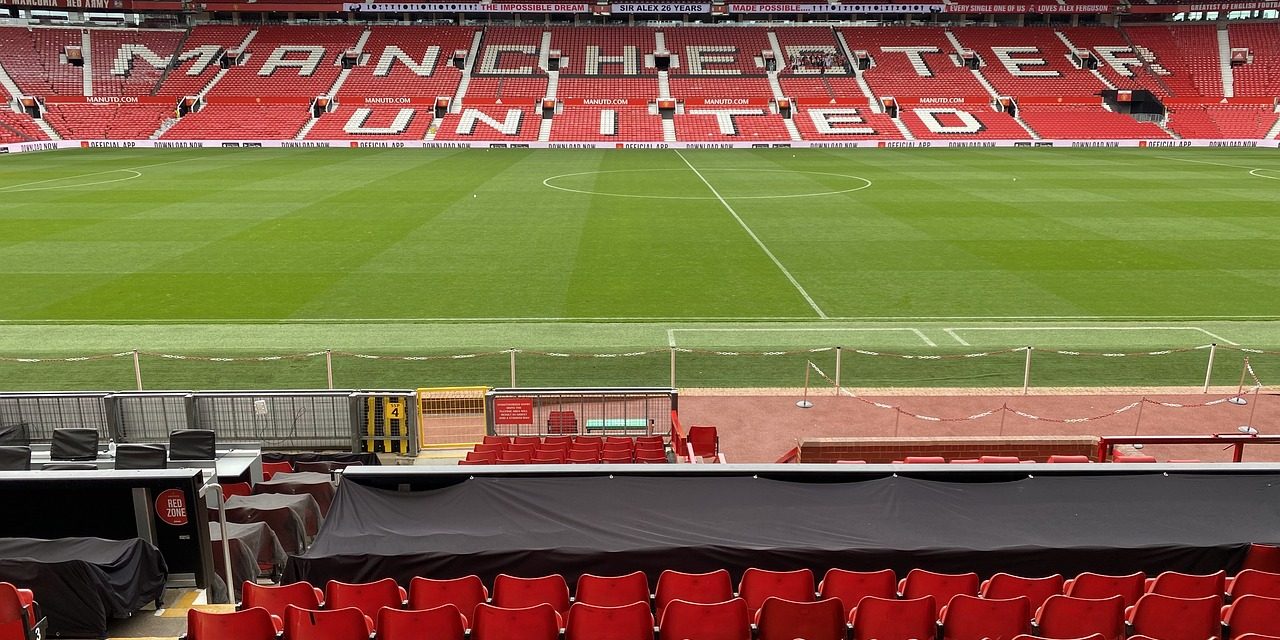
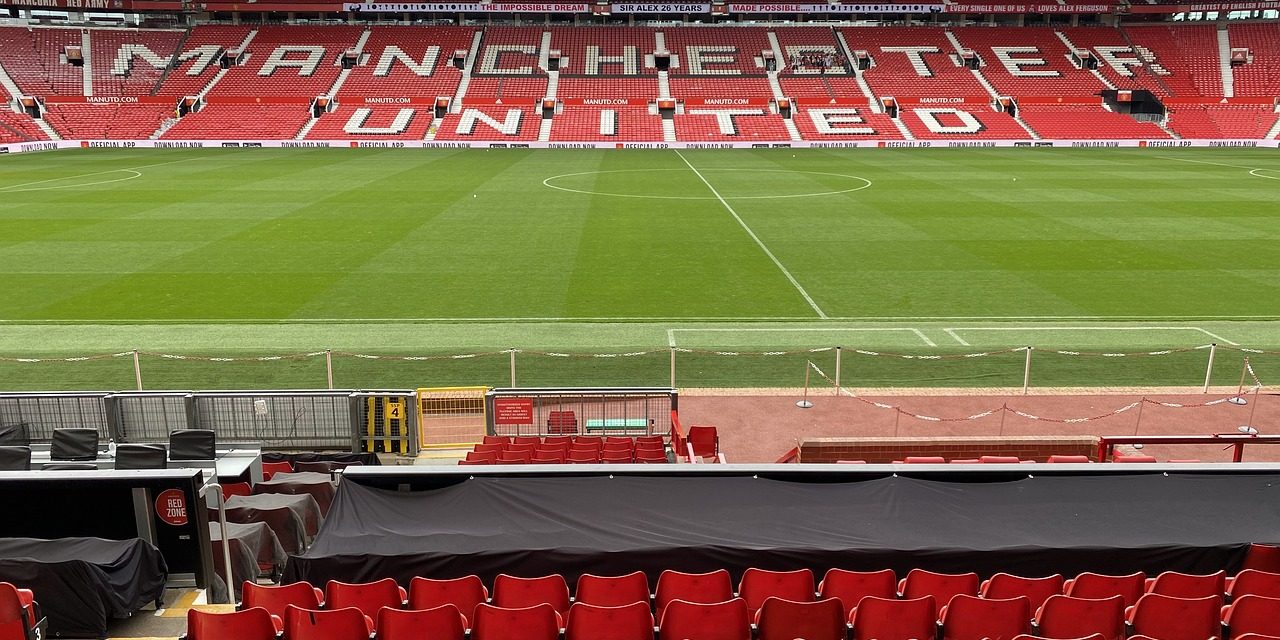
Table of Contents
The question of whether Premier League pitches are composed of 100% grass is one that receives a definitive answer: they are not. Premier League stadiums host matches on surfaces that are primarily hybrid turfs, which consist of natural grass reinforced with artificial fibers. This blend is chosen to provide a durable playing surface that can withstand the rigorous schedule of top-flight football while maintaining the natural characteristics that players and officials prefer.
Hybrid pitches are now the standard in the Premier League, with the vast majority of clubs opting for this type of turf. The use of hybrid grass comes as a response to the need for a pitch that can recover quickly from the wear and tear of frequent matches and provide a consistently high-quality playing surface throughout the season.
While the exact blend and technology behind the hybrid turf may vary across different stadiums, the common goal remains to ensure the pitch performs at its best for every match. This approach reflects the high standards of the Premier League and the importance of having reliable, high-quality playing conditions.
Composition of Premier League Pitches
The Premier League fields are known for their high-quality playing surfaces, featuring a blend of natural and artificial materials that cater to both the sporting requirements and the aesthetic appeal of the game.
Natural Grass Varieties
The type of natural grass commonly employed on Premier League pitches is perennial ryegrass. This species is selected for its durability, quick recovery rate, and its ability to maintain a vibrant green color. Occasionally, other grass types like smooth stalked meadow grass, Kentucky bluegrass, or Bermuda are used, but these are less common and often region-specific due to their climate suitability.
Hybrid Grass Technology
Most Premier League pitches are not solely natural grass; they utilize a hybrid system. Hybrid grass, combining natural grass with synthetic reinforcing fibres, is a preferred choice for its resilience and year-round playability. These systems, such as Grassmaster and SISGrass, integrate synthetic fibres into the soil to create a more stable and durable playing surface. These fibres support the natural grass blades, significantly enhancing the pitch’s endurance to the stress of regular matches and training.
Artificial Fibres Integration
A key component in the resilience of Premier League pitches is the use of artificial fibres. These fibres, which make up approximately 4-5% of the pitch’s composition, are woven into the root zone. The integration process involves inserting millions of polyethylene fibres into the ground, which intertwine with the natural grass roots. This not only aids in playing performance by offering a sturdy foundation but also contributes to faster recovery after use.
Maintenance and Management
Premier League football pitches require extensive maintenance and strategic management to ensure they remain in top condition for regular play.
Routine Care Procedures
Daily and Weekly Tasks: Groundskeepers consistently tend to the pitches, ensuring the grass is neatly mowed and kept at a uniform height. Aeration is also a routine process which involves perforating the soil to allow air, water, and nutrients to penetrate the grass roots, improving the ventilation of the playing surface. The need for regular irrigation is assessed to maintain ideal moisture levels, critical for pitch health.
Seasonal Maintenance: When matches are less frequent, deeper maintenance is performed, such as intensive aeration and the application of additional nutrients to recover pitch quality.
Advanced Pitch Technologies
Hybrid Systems: Hybrid pitches combine natural grass with synthetic fibres to create a surface that can endure heavy usage and recover quicker than natural solely grass. They require specialized equipment like tractors with specific attachments for precision care and maintenance.
Lighting and Heating: To stimulate grass growth, especially during the shorter daylight hours of winter, lighting rigs are used to simulate sunlight. Additionally, under-soil heating systems help prevent the ground from freezing.
Climate Influence on Upkeep
Adaptations to Weather Patterns: Maintenance schedules for Premier League pitches adapt to the prevailing weather patterns. In periods of drought, irrigation systems are crucial, while during times of excessive rainfall, effective drainage becomes a priority.
Seasonal Adjustments: Ground staff must adjust their maintenance techniques in response to seasonal changes, which affect the growth rate of the grass and its recovery time after games.
Regulatory Standards and Practices
In maintaining high-quality playing fields, the Premier League adheres to both FIFA regulations and its own guidelines, placing player safety at the forefront.
FIFA and Premier League Guidelines
The Premier League, in line with FIFA’s Laws of the Game, mandates that pitches are either natural grass or a hybrid system. The hybrid pitches combine natural grass with synthetic fibres, offering enhanced durability and consistent playing conditions. These pitches must meet specific criteria for quality, performance, and safety.
- FIFA Quality Programme for Football Turf: Defines requirements for artificial turf surfaces.
- FIFA’s Pitch Quality Programme: Sets standards for pitch testing for factors such as hardness, bounce, and roll.
Health and Safety for Players
Player welfare is prioritized through careful monitoring and maintenance of pitch conditions across Premier League stadiums. Risks of injury are reduced by ensuring the playing surface is kept at optimal conditions for stability and traction.
- Surveys and Feedback: Organizations like the PFA Scotland conduct surveys to gather player feedback on artificial turf and its impact on safety and performance.
- Regular Assessments: Premier League clubs are required to regularly assess pitch conditions to minimize the risk of injury.
These measures demonstrate the league’s commitment to maintaining pitches that are safe and fair for all participants.
Environmental and Economic Impact
In the realm of sports turf management, Premier League pitches represent a significant area where environmental considerations intersect with economic factors. These pitches have moved towards hybrid systems that offer resilience and faster recovery time, implicating both sustainability objectives and financial strategies.
Sustainability and Climate Change
Hybrid pitches in the Premier League have been adopted partly in response to climate concerns. A hybrid pitch combines natural grass with synthetic fibers that are interwoven into the soil to create a more durable surface that can withstand intensive use. This is crucial in reducing the overall turf replacement frequency, minimizing waste, and ensuring a longer life cycle for the pitch. By firmly rooting the grass, the system prevents soil erosion, a significant advantage in the face of increased rainfall and extreme weather conditions associated with climate change. Additionally, this approach leads to reduced water usage, since hybrid grass tends to be more drought-resistant than pure grass varieties, aligning with strategic water conservation efforts.
Environmental Benefits:
- Longer life cycle: The natural grass, with the support of synthetic fibers, can last longer, requiring less frequent replacement. This leads to decreased waste.
- Reduced water usage: Due to the resilience and self-recovering capability of hybrid pitches, they require less watering, an important aspect of sustainability in sports.
Financial Aspects of Pitch Care
The financial implications of Premier League pitches cannot be understated. While the initial installation of a hybrid pitch presents a higher upfront cost, the longevity and reduced maintenance can result in savings over the life of the pitch. Fewer interruptions due to weather means more playable hours and increased revenue potential from match days and events. Moreover, the minimized use of water and fertilizers due to the resilient nature of hybrid grass translates into direct cost reductions for clubs.
Cost Analysis:
- Initial investment: Higher due to the advanced technology and materials of hybrid pitches.
- Long-term savings: Potential for reduced long-term expenditures thanks to better durability and less frequent need for pitch rehabilitation.
The Premier League’s approach to pitches reflects a commitment to maintaining playing surfaces that are financially viable while addressing environmental concerns such as climate change and sustainability. The use of hybrid pitches emerges as a practical intersection where economic and ecological benefits meet.
Influence on Gameplay and Training
Premier League pitches are not entirely made up of grass; they incorporate both natural and synthetic elements. The interplay of these components affects football dynamics and the home teams’ performance.
Effect on Ball Dynamics
Hybrid pitches, with a combination of 95% grass and 5% artificial fibres, present a surface that affects the ball’s behavior. The ball’s bounce and speed are consistent on such pitches, which is essential for accurate passing and shooting. Training on similar grounds allows players to adapt to these conditions, enhancing their performance during matches.
Home Advantage and Performance
Football clubs with access to well-maintained hybrid pitches may have a training advantage. Repeated use of these surfaces at their home grounds can lead to teams developing strategies that optimize playing conditions. Additionally, the durability of hybrid pitches supports extensive playing hours, allowing for more frequent on-field practice without significant wear. This can be particularly advantageous for home matches, where familiarity with pitch conditions can lead to improved outcomes.

